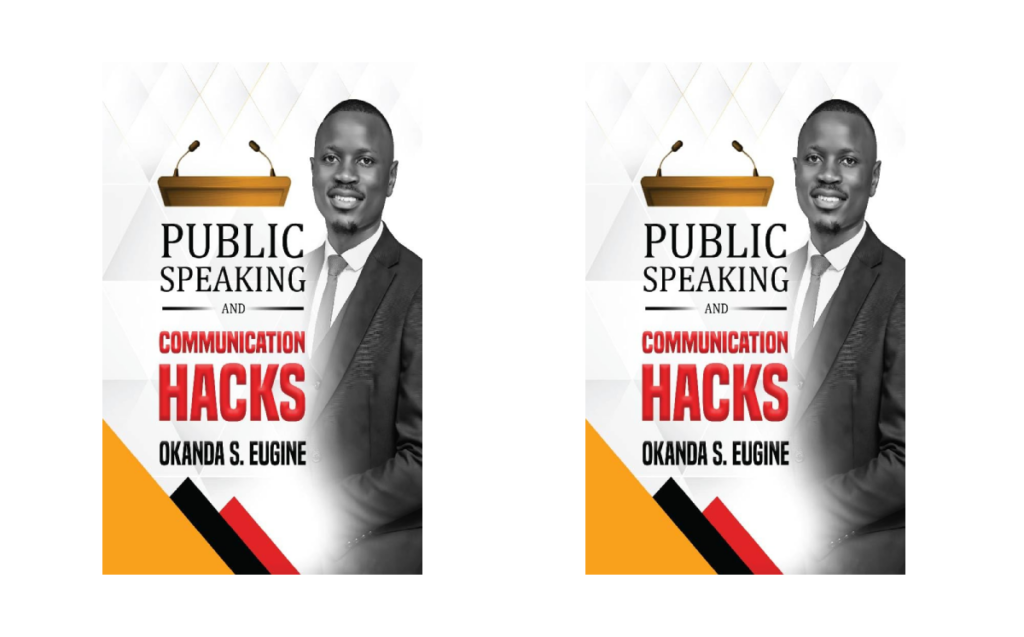In January, I picked up a book that shifted my entire perspective on public speaking—a skill that’s not just about talking but about influence, confidence, and presence. Okanda S. Eugine’s book on public speaking turned out to be more than just theory; it was a practical guide filled with lessons that have shaped how I communicate today.
Key Lessons I Learned
1. Communication is More Than Just Words
One of the biggest takeaways from the book was that communication isn’t just about the words we say—it’s about how we say them. Body language, tone, and facial expressions all play a crucial role in delivering a message that stick.
People may forget what you say, but they’ll never forget how you made them feel.
I learned how to use pauses for emphasis, eye contact for connection, and vocal variety for engagement. Public speaking is not just about speaking—it’s about making people listen.
2. Overcoming Stage Fear
Fear of public speaking is real. We’ve all felt that rush of anxiety before stepping onto a stage or even speaking in a small group. But one thing this book taught me? Fear is a signal, not a stop sign.
The strategies I learned:
✅ Reframe fear as excitement. The same adrenaline that makes us nervous can be used to energize our delivery.
✅ Prepare, prepare, prepare. Confidence doesn’t come from nowhere—it comes from knowing your material inside out.
✅ Start small. The best way to conquer stage fright is to put yourself in situations where you have to speak—whether it’s in meetings, small gatherings, or even recording yourself.
3. Building a Personal Brand Through Public Speaking
This was an eye-opener! Public speaking isn’t just about giving speeches—it’s a powerful tool for personal branding.
- Every time you speak, you’re shaping how people perceive you.
- Clarity, confidence, and consistency in how you communicate build trust.
- Sharing insights, telling stories, and engaging with your audience help position you as an authority.
Since reading this book, I’ve become more intentional about how I present myself. Your voice is a tool—use it wisely.
4. Training Your Body to Speak
I had never thought about this before, but the book dives deep into how different body organs play a role in public speaking. From breathing techniques to vocal exercises, I learned how to:
- Control my breathing to project my voice powerfully.
- Use my diaphragm instead of just my throat to avoid vocal strain.
- Train my posture and gestures to reinforce my message.
Public speaking is a full-body experience, not just a mental one.
Final Thoughts
This book was more than just tips and tricks—it was a transformational guide. Whether you’re a beginner or someone looking to refine your skills, the principles inside will help you not just speak better but communicate with impact.
If you’ve ever felt like public speaking is a struggle, or you’re looking to use it to build your brand, I highly recommend giving this book a read.
You can grab a copy here and start mastering the art of impactful communication today.
What’s one speaking challenge you’ve faced? Let’s talk about it in the comments!
Learning never stops.
Take a moment to reflect and act on what resonates with you.
Keep evolving.
— MJ Nyota




